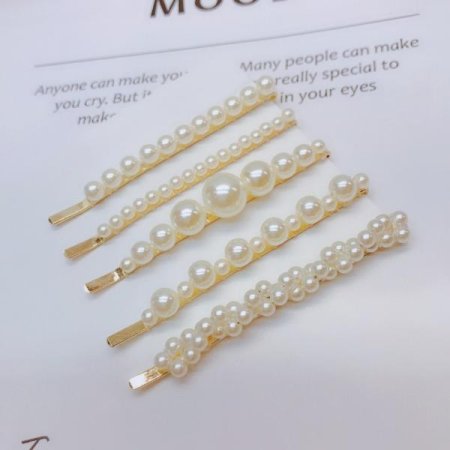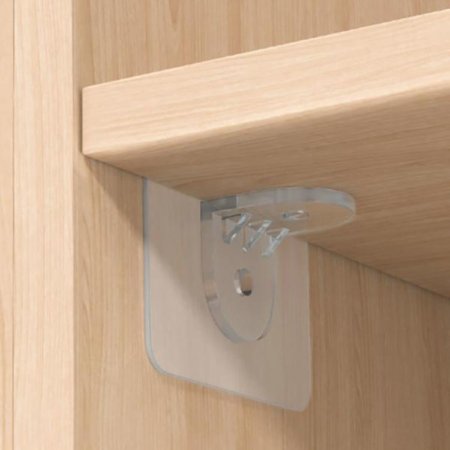[문화재청]2018년 울주 암각화 주변서 발견된 4족 발자국 주인은‘코리스토데라’
정책
0
158
0
2020.09.04 09:11

문화재청 국립문화재연구소(소장 지병목)는 지난 2018년 6월 ‘울주 대곡리 반구대 암각화’(국보 제285호) 주변 학술발굴조사 중 발견된 ‘새로운 형태의 4족 보행 척추동물 발자국 화석’의 주인공이 신생대(마이오세 전기)에 멸종한 수생 파충류 ‘코리스토데라(Choristodera)’인 것을 밝혀내 지난 2일 국제 저명학술지(SCI)인 Nature(네이쳐) 자매지「사이언티픽 리포트(Scientific Reports)」에 발표하였다.
당시, 보존 상태가 매우 뛰어난 18개의 발자국(앞, 뒷발자국의 평균 길이는 각각 2.94cm, 9.88cm)이 하나의 보행렬로 발견되어 주목 받았으며, 이는 국내에서 보고된 4족 보행 척추동물의 발자국 화석들(공룡, 익룡, 거북, 악어, 도마뱀과 기타 포유동물의 발자국 화석)과는 전혀 다른 새로운 형태였다.
연구결과, 전기 백악기 지층에 남겨진 이 발자국은 중생대(쥐라기 중기)에 출현하여 신생대(마이오세 전기)에 멸종한 수생 파충류 ‘코리스토데라(Choristodera)’의 발자국으로 밝혀졌는데, 아시아에서는 처음이자 세계에서는 두 번째 보고다.
1995년 미국 콜로라도에서 처음 보고된 코리스토데라의 발자국 화석(캄프소사우리크누스 파르페티/Champsosaurichnus parfeti)은 매우 불완전한 2개의 발자국으로 앞·뒷발의 구분이 모호하고 코리스토데라의 발자국인지도 불분명하다. 따라서 울산 반구대 암각화 주변에서 발견된 발자국 화석(앞발 9개, 뒷발 9개)은 완전한 형태로 남겨진 코리스토데라 발자국 보행렬 화석으로는 세계 최초이며, 지금까지 전혀 알려지지 않았던 코리스토데라의 보행 특성과 행동 양식을 파악할 수 있는 유일한 화석으로도 그 의미가 매우 크다.
* 중생대 쥐라기 중기(약 1억7천4백만 년 전)~신생대 마이오세 전기(약 1천6백만 년 전)
이번에 발견된 코리스토데라 발자국은 화석이 발견된 울산의 지역명을 넣어 「노바페스 울산엔시스(Novapes ulsanensis)」로 명명되었으며, 그 의미는 ‘울산에서 발견된 새로운 발자국’이라는 뜻이다.
‘노바페스 울산엔시스’를 남긴 코리스토데라는 생존 당시 몸길이 약 90~100cm 정도로 추정되며, 앞·뒤발가락이 모두 5개이고 긴 꼬리를 갖고 있었다. 뒷발에는 물갈퀴가 있어 물에서도 잘 적응하여 살았던 것으로 보이며, 보행 특성에 있어서도 공룡이나 도마뱀과는 달리 악어처럼 반직립한 걸음걸이로 걸었다는 사실이 세계 최초로 확인되었다.
‘노바페스 울산엔시스’는 중국의 전기 백악기 지층에서 보고된 골격화석 ‘몬쥬로수쿠스(Monjurosuchus)’의 발 골격구조와 형태 및 크기가 일치하고 있어 유사한 종류의 코리스토데라가 남긴 발자국으로 추정된다.
이번 연구로 우리나라 중생대에는 공룡·익룡·새·도마뱀·악어·거북·포유류 등의 척추동물들과 함께 새로운 수생 파충류 ‘코리스토데라’가 서식하였음을 최초로 확인하였다. 이를 통해 ‘울주 대곡리 반구대 암각화’ 일원은 탁월한 가치를 가진 문화유산 외에도 빼어난 자연경관과 중생대의 공룡·새·수생 파충류 화석 등 세계적인 자연유산이 공존하고 있는 복합유산 지역임을 확인할 수 있었다.
문화재청 국립문화재연구소는 앞으로도 ‘울주 대곡리 반구대 암각화’ 일원의 자연유산 연구를 꾸준히 진행할 예정이며, 이번 연구 성과는 대전 천연기념물센터 전시관에서 2021년에 국민에게 공개할 계획이다.
First report on Trackways of Mesozoic aquatic reptile, Choristodera from Korea
- discovered during the excavation around UljuBangudaePetroglyps in 2018/ new ichnospecies, Novapesulsanensis, named-
National Research Institute of Cultural Heritage, Cultural Heritage Administration (CHA), reported new fossils of four-legged vertebrate footprints today after an academic survey and excavation* around the BangudaePetroglyps (national treasure # 285) in Daegok-ri, Ulju-gun in 2018. The result was published in a sister magazine of Nature, Scientific Reports.
*Refer to the press release on June 5, 2018, ``Discovery of new fossils of four-legged vertebrate footprints around the UljuBangudae Petroglyphs'’
At the time of discovery, the fossils received a lot of attention from the academic societies and the public because they were identified as a completely different type of footprints from those reported previously in Korea (dinosaurs, pterosaurs, turtles, crocodiles, lizards, and other mammals' footprints).
The fossils turned out the footprints of an aquatic reptile, Choristodera,that appeared in the Mesozoic (Middle Jurassic) and became extinct in the Cenozoic (early Miocene)*. This is the first finding in Asia and the second in the world.
Choristodera's footprint fossils were first reported in the United States in 1995 with only two incomplete footprints. Therefore, this new trackway (consisting of nine manus and nine pes) found around the Ulsan Bangudae petroglyphs is not only the world's first complete choristoderan trackway but also the only direct evidence for understanding the walking pattern and behavior of Choristodera which were not known until now.
* Middle Jurassic of the Mesozoic Era (about 174 million years ago) ~ Early Miocene of the Cenozoic Era (about 16 million years ago)
The newly discovered choristoderan footprints were named “Novapesulsanensis” after the area of Ulsan where the fossil was found, which means “a new footprint found in Ulsan”.
A choristoderan that left Novapesulsanensiswas estimated to be about 90 to 100 cm long. It had five digits in both hands and feet with a long tail. The webbing in pes prints strongly supports that Choristodera was well adapted to the water. In addition, it was confirmed for the first time that some choristoderanswalked in a semi-upright gait like a crocodile, unlike dinosaurs and lizards. Novapesulsanensisis considered to have been formed by a choristoderan similar to Monjurosuchusbecause it is well-matched with the foot’s skeletal features of Monjurosuchusreported from the Early Cretaceous strata of China.
This research demonstrates that, during the Mesozoic in Korea, an aquatic reptile “Choristodera” inhabited along with diverse vertebrates including dinosaurs, pterosaurs, birds, lizards, crocodiles, turtles, and mammals. This discovery confirms that the area of the “Bangudae Petroglyphs in Daegok-ri, Ulju” is an important heritage area because it has world-class natural heritage such as dinosaurs and birds coexisted with aquatic reptiles based on their footprints during the Cretaceous as well as cultural heritage of outstanding value, Bangudae Petroglyphs.
The National Research Institute of Cultural Heritage of CHA will continue to research on natural heritage in the area of “Bangudae Petroglyphs in Daegok-ri, Ulju,” and the results of this research will be released to the public during next year at the Natural Heritage Center exhibition hall.
?
[자료제공 :



























